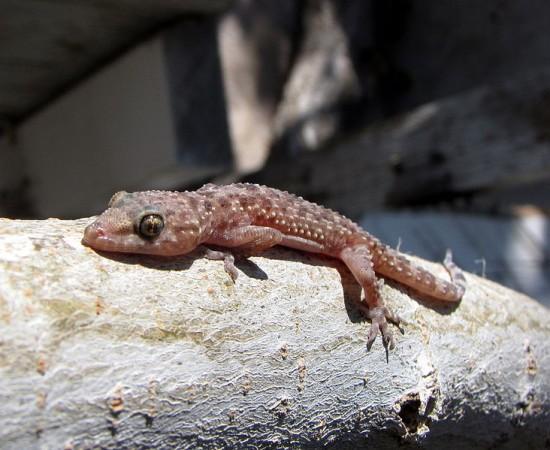
Scientists from the US Defense department have found a way to replicate the spider man's sticky powers.
The Defence Advanced Research Projects Agency (DARPA) has developed a pair of paddles that allows American troops to climb up glass buildings without any support.
"Historically, gaining the high ground has always been an operational advantage for soldiers, but the climbing instruments on which they're frequently forced to rely — tools such as ropes and ladders — have not advanced significantly for millennia. Not only can the use of such tools be overt and labour intensive, they also only allow for sequential climbing whereby the first climber often takes on the highest risk," Sydney Morning Herald quoted DARPA.
This is for the first time that such innovative technology has been development by man, though the original inspiration was from gecko, the animal whose sticky toes encouraged the wall-climbing device.
"The gecko is one of the champion climbers in the Animal Kingdom, so it was natural for DARPA to look to it for inspiration in overcoming some of the manoeuvre challenges that US forces face in urban environments," said Matt Goodman, the DARPA program manager for Z-Man.
A gecko can suspend its entire body with one sticky toe. The creature's tiny bristles help the animal stick to any surface, regardless of what the surface is made of. The paddles are designed to replicate the adhesive nature of gecko's toes, which are powerful enough to hold the creature's entire weight but at the same time release easily allow rapid climbing.
The scientists developed paddles in order to prevent the climber from falling. The device acts by pushing both the paddles up together and removing it from the surface. The developers have tested the pads in laboratory in Massachusetts, where a man weighing about 100 kilograms was capable of climbing eight meters of glass straight up using only paddles.
"Like many of the capabilities that the Department of Defence pursues, we saw with vertical climbing that nature had long since evolved the means to efficiently achieve it. The challenge to our performer team was to understand the biology and physics in play when geckos climb and then reverse-engineer those dynamics into an artificial system for use by humans."
The U.S. Defence Department is positive that the new equipment will replace conventional climbing tools such as ropes and ladders. The scientists are also hopeful that the new equipment will let multiple troops climb a wall together, while ladders or ropes forced troops to climb one after the other.
The tests are in progress, though the first successful climb was made in 2012. The paddles that are man-made adhesive device were created using nanotechnology, which also has biomedical, consumer and industrial applications.













